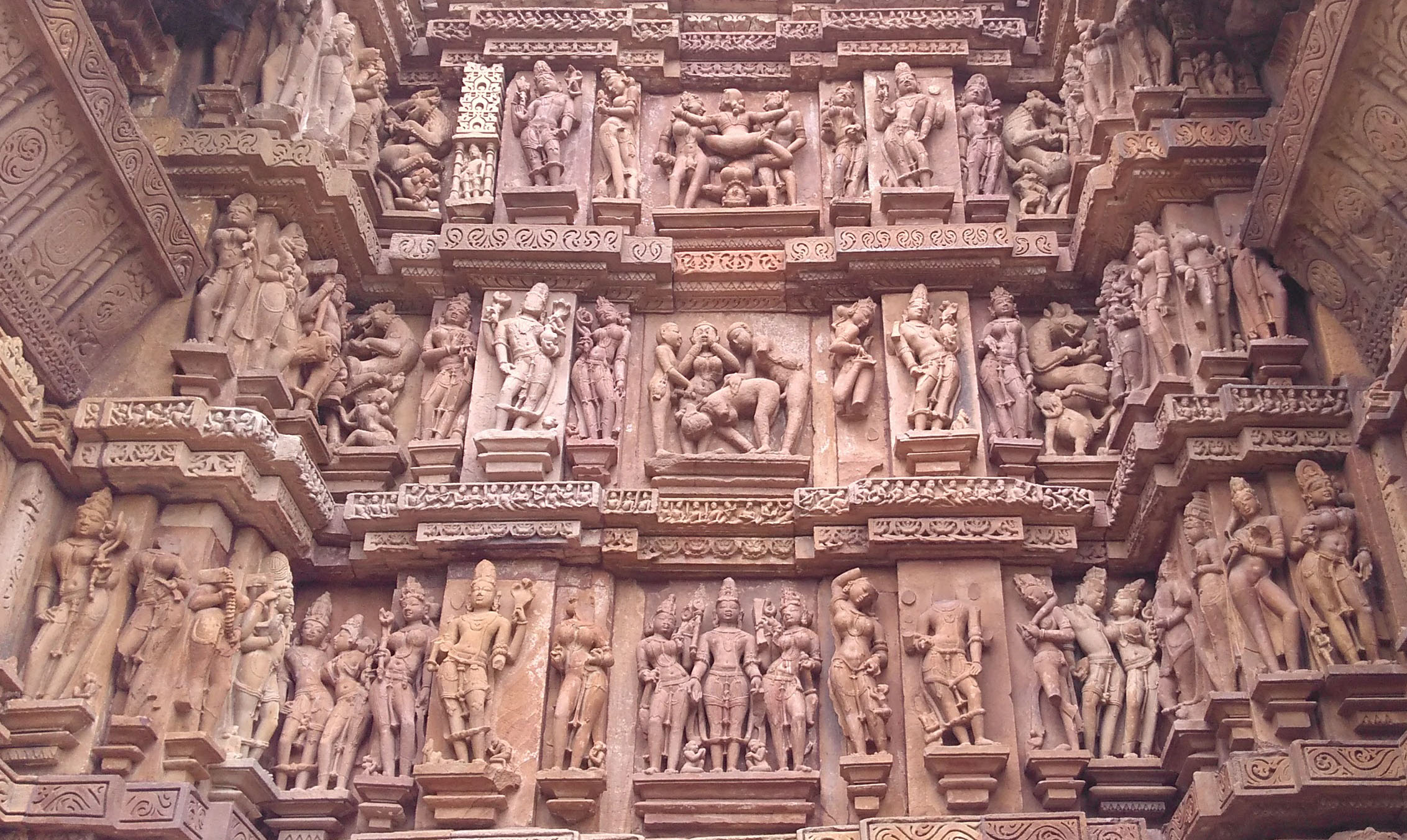
Source: EconomicTimes
UNESCO world Heritage
Sites Ajanta and Ellora caves are situated near Aurangabad, a region of
Maharashtra. These sites are one of the finest examples of ancient rock-cut
caves. These caves are about 100 km apart from each other. These caves are
magnificently adorned with beautiful frescoes, paintings and sculptures. More
then 2000 years old caves are filled with Buddhist, Jain and Hindu monuments
and temples. Ajanta has 29 caves while Ellora has 34 caves in number.
These rock-cut caves are
the epitome of finest work of ancient Indian architecture and sculpture.
The Ajanta caves were
carved in the period from 2nd to 1st centuries B.C. and in the period from 5th
to 6th centuries A.D. and entirely dedicated to the life of Buddha. These caves
were excavated in a horse-shoe bend shape along with the Waghur River.
The Ellora caves were carved in the period from 7th to 10th centuries A.D. These caves have carvings related to Hinduism, Jainism and Buddhism. Kailasa Temple in the Ellora caves is the single largest monolithic structure in the World and one of the most famous sites in the both sites.
Taj Mahal

Source: Wikipedia
A UNESCO World Heritage
Site and one of the seven wonders of the world, Taj Mahal was built by the
Mughal Emperor Shah Jahan as a memorial for his wife Mumtaz Mahal in the
seventeenth century on the banks of River Yamuna in Agra. In the Persian
language Taj Mahal means 'Crown of Palaces'. This monument is considered as the
most beautiful buildings in the world. It is made completely out of white
marble. Tomb of Shah jahan is laid in the Taj Mahal.
The most aesthetic view
of Taj Mahal comes on the night of the full moon. This night, the rays of
moonlight fall on this majestic monument and due to the reflection Taj Mahal
glows like silver. This view is marvelous and almost poetic in its perfection.
Famous Poet Rabindranath Tagore described Taj Mahal as ‘a teardrop on the cheek
of eternity', and Rudyard Kipling as ‘the embodiment of all things pure.’
The Great Living Chola Temples

Source: Wikipedia
The kings of the Chola Empire built The Great Living Chola Temples devoted to Lord Shiva. This UNESCO world Heritage site is situated in the Tamilnadu. This site has three great Temples of south India: the Brihadisvara Temple at Thanjavur, the Brihadisvara Temple at Gangaikondacholisvaram and the Airavatesvara Temple at Darasuram constructed in 11th and 12th century. The temples are an example of brilliant achievements of the Chola in architecture, sculpture, painting and bronze casting and considered to be the physical representation of Chola ideology. The inscriptions on the walls, The highly sculpted pillars of the temples display the design and architectural intelligence during the reign of the Chola kingdom. These temples features historic frescoes, wall paintings, and meticulous detailed sculptures always fascinates to architecture, art and history enthusiasts.
Konark Sun Temple

Source: DabanjansLand.wordpress
Konark Sun Temple is a
UNESCO World Heritage site situated in the puri region in the state of Odisha.
Konark Sun Temple is built as a giant chariot of Lord Sun. This giant chariot
has a set of seven horses, four on the left side and three on the right side.
It is depicted that these horses are pulling the giant chariot.
An engineering and artistic masterpiece, Konark Sun Temple is dedicated to the Sun God. The sun rays from the coast fall on the centre of the idol after reflecting through the diamond, in the Nata Mandir. It is believed that the arrangements of the magnets at the top of the temple were as such the idol float in mid-air but they were later removed due to the disturbance caused to coastal voyages. However much of the temple in ruin, it still depicts the artistic extreme of architects and sculptures of the time and continuously standing for the last two thousand years.
Khajuraho

Source: Trekraw
A UNESCO World Heritage
Site, Khajuraho is a cultural and architectural marvel of india, known around
the world for its stunning temples and erotic and sensuous carvings. Khajuraho
is a small town in the Madhya Pradesh. Khajuraho's architectural temples built
between 950 to 1050 AD. This place is brilliant example of Indian architecture
and its culture. The carvings on the walls of Hindu and Jain temples are famous
for the depiction of the erotic form of love and passion in the most sensuous yet
aesthetic ways. These temples are utter contradiction with the conventional
Indian ideals about eroticism due to the absolute confrontational nature of
these carvings. However major attention due to erotic sculptures only 10% of
carvings are centralised on sexual themes.
Originally Khajuraho temple site had 85 temples and 20 square kilometres of the complex by the 12th century. But due to the continuous attacks of plunderers, now only about 25 temples have survived with six square kilometers of the complex. With profusion of sculptures having intricate details, symbolism and expressiveness, art is engrained in all of the structures.The whole site is a classic example of the finesse of India's cultural and artistic heritage.
Gol Gumbaz, Bijapur

Source: Insider
The magnificent structure Gol Gumbaz is one of the most significant monuments situated in Karnataka. Gol Gumbaz is Mausoleum of Mohammed Adil Shah, who was the Sultan of Bijapur. This engineering marvel was constructed by the architect Yaqut of Dabul as per the Deccan architecture. It was completed in the year 1656 and takes 30 years in its completion. The grey besalt structure has four minars each has seven floors with staircase inside. After St.Peter’Basilica in Rome, Gol Gumbaz Dome is largest in the world. It covers largest area enclosed in a single dome in the world. Inside this gigantic structure, "whispering gallery" runs around. In this whispering gallery due to unique acoustic features even the slightest of the sound can be heard on the other side. Gol Gumbaz is even referred as "the Taj Mahal of South India."


Post a Comment